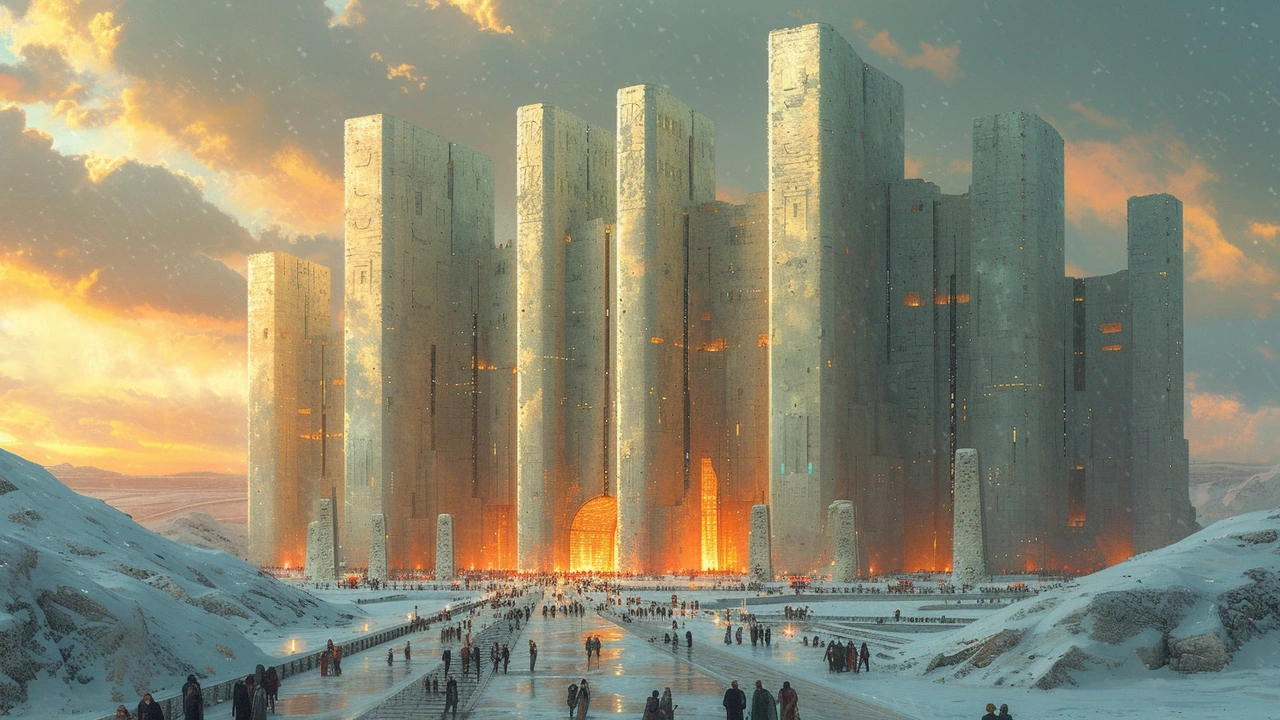Architectural Revolution: How Styles Changed the Way We Build
An architectural revolution happens when designers stop copying the past and start doing something new that changes how buildings look, feel, and work. These shifts don’t arrive overnight. They start with a new idea—stronger materials, new needs, or a cultural push—and then spread through cities, schools, and homes. If you want to recognize or use these shifts, focus on what changed: structure, ornament, function, or meaning.
Look at Ancient Rome: concrete and the arch made big public buildings, aqueducts, and roads possible. That was an engineering revolution more than a pretty-style revolution. Contrast that with Gothic Revival, which brought back vertical lines, pointed arches, and dramatic windows to make buildings feel spiritual and tall. Both changed how people experienced space, but they did it for different reasons.
Other revolutions reshaped taste and everyday life. The Renaissance returned classical balance and proportion, while Baroque pushed drama and movement into palaces and churches. Beaux-Arts turned grand public buildings into teaching tools for civic pride. Art Nouveau answered with flowing lines and nature-inspired details, and Modernism stripped things back to function and honesty in materials. Postmodernism then reacted by reintroducing color, humor, and historical references. Each wave answered the problems of its time—power, faith, industry, or user needs.
How to spot an architectural revolution
Pay attention to a few clear signs: new materials or methods (like steel or reinforced concrete), a different relationship between form and function (ornament vs plain), and repeated visual themes across buildings in different cities. If architects start copying the same new ideas—columns reimagined, domes made lighter, facades broken into playful pieces—you’re looking at a movement that’s hitting critical mass.
Also watch who’s driving the change. Is it engineers, clients, or cultural leaders? Roman innovations came from builders solving big problems. Modernism came from architects and theorists arguing for a new way of living. Knowing the driver helps you understand the why behind the look.
How to use revolutionary ideas today
You don’t need a palace to borrow these lessons. Want sturdiness and bold spaces? Learn from Roman engineering—prioritize structure early. Crave light and vertical drama? Pull Gothic or Beaux-Arts ideas into windows and stair design. Prefer clean, efficient spaces? Modernism and Minimalism offer clear rules: fewer layers, honest materials, and strong daylight. If you like play and surprise, sprinkle in Postmodern or Art Nouveau touches: a bold color, a playful arch, or a decorative rail.
Finally, think about purpose. A good design choice solves a problem: better airflow, clearer circulation, or stronger social signals. When a style becomes a revolution, it usually solves one of those problems in a new way. Use that same mindset and you’ll get results that look smart and feel right.

Constructivist Architecture: Transforming the Way We Build
Diving deep into the fascinating world of Constructivist Architecture, this article sheds light on how it revolutionizes the way we build. As we unleash the story behind these modern buildings, our perceptions of architecture itself get deconstructed and reconstructed again. Almost as if we are living within a transformational blueprint, we experience a true architectural revolution. It's a journey that redefines the lines between unique design and practical functionality. This trip into Constructivist architecture is more than a discovery; it's an unfolding of the innovative construction tale.
Read more